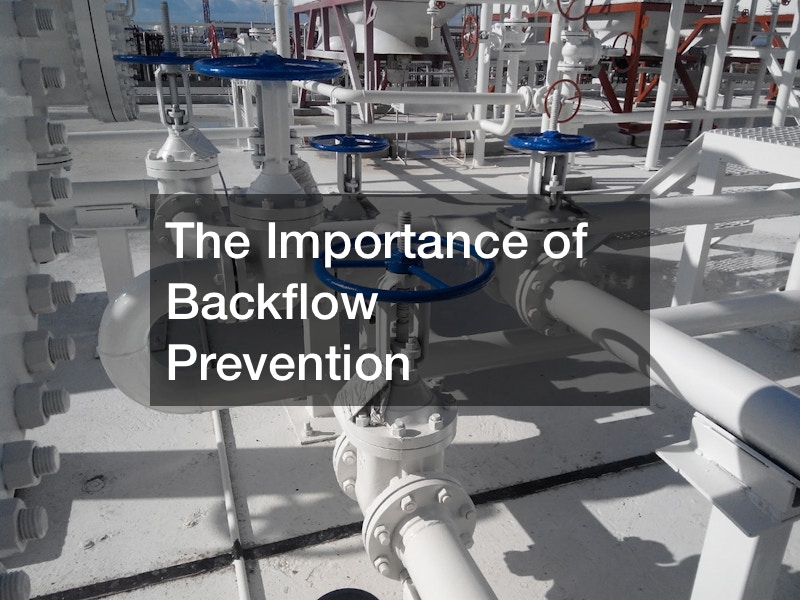
Local backflow replacement is critical to maintaining a safe and reliable plumbing system.
Over time, backflow prevention devices may deteriorate, become damaged, or fail to function correctly. It can compromise the integrity of the backflow prevention system and increase backflow incidents.
Backflow replacement involves replacing old or faulty devices with new ones to ensure the continued protection of the water supply. By promptly replacing faulty backflow prevention devices, we can prevent the potential contamination of the water system and safeguard public health.
Many jurisdictions have specific regulations and requirements regarding backflow prevention. These regulations often include regular testing and inspection of backflow prevention devices.
If a device is found to be faulty or not functioning as intended, it must be replaced to meet compliance standards. Property owners can demonstrate their commitment to adhering to local plumbing codes and ensuring a safe water supply by prioritizing backflow replacement.
Neglecting backflow replacement can lead to more significant problems and costly repairs down the line. A malfunctioning backflow prevention device can result in backflow incidents that contaminate the water supply, damage plumbing fixtures, and require extensive repairs.
By proactively replacing worn-out or defective backflow prevention devices, property owners can prevent these issues and save themselves from the expenses associated with water damage and remediation.
Regular maintenance and prompt local backflow replacement are essential for a reliable and safe water supply. You must consult with a qualified plumber or backflow specialist to assess whether a replacement is necessary.
.




